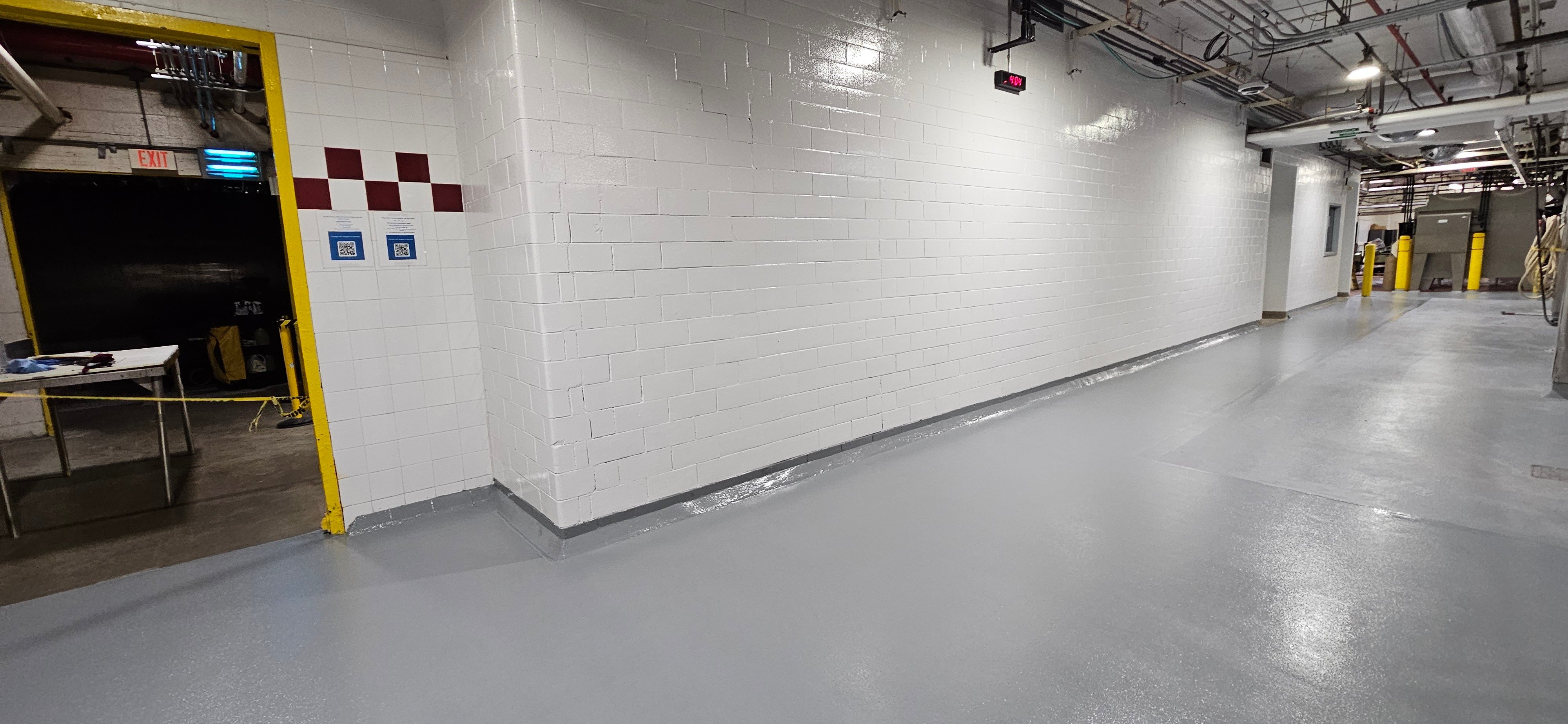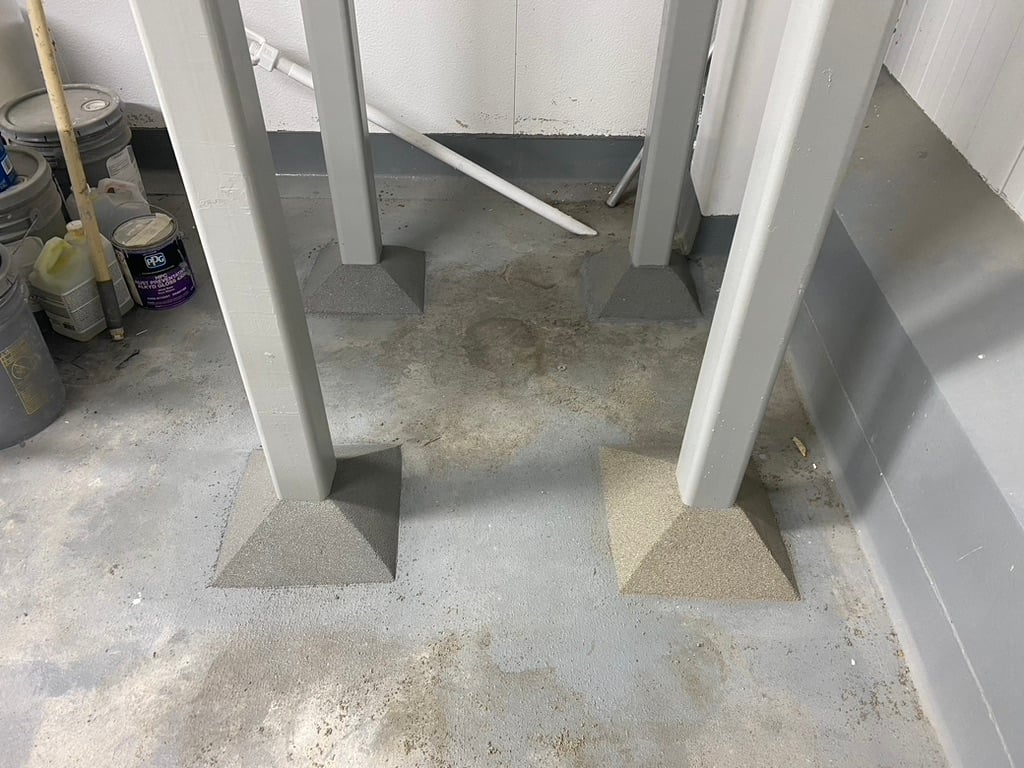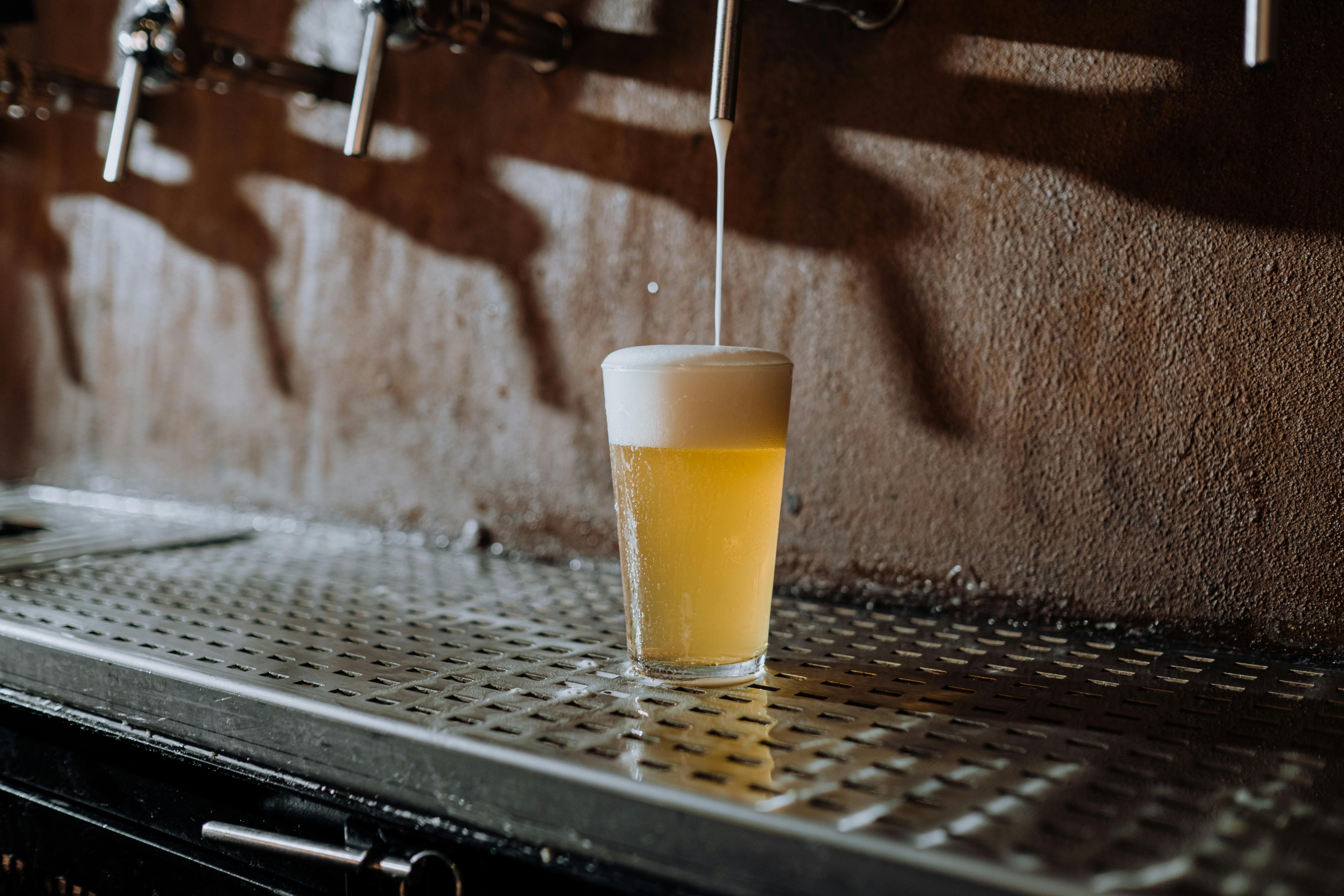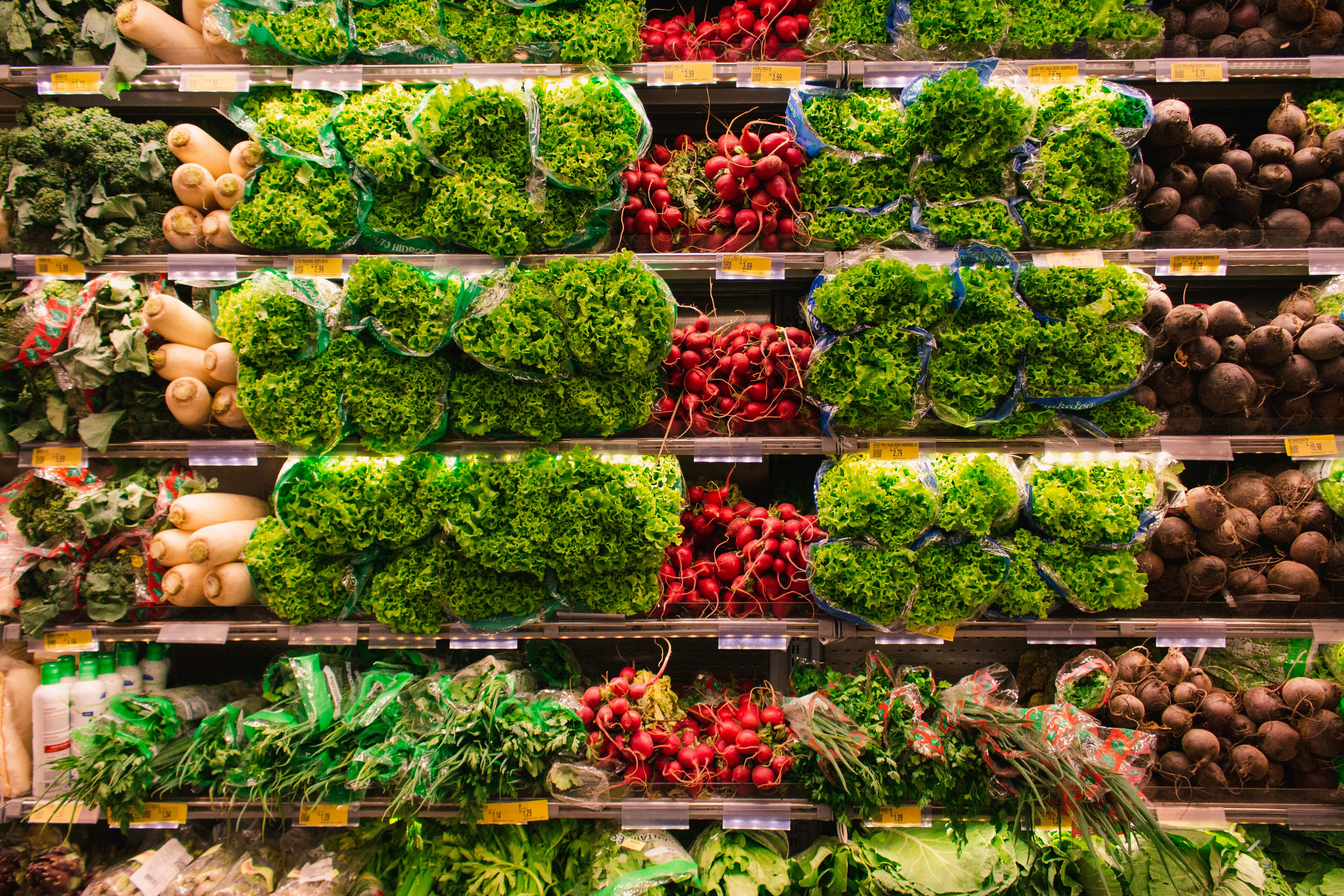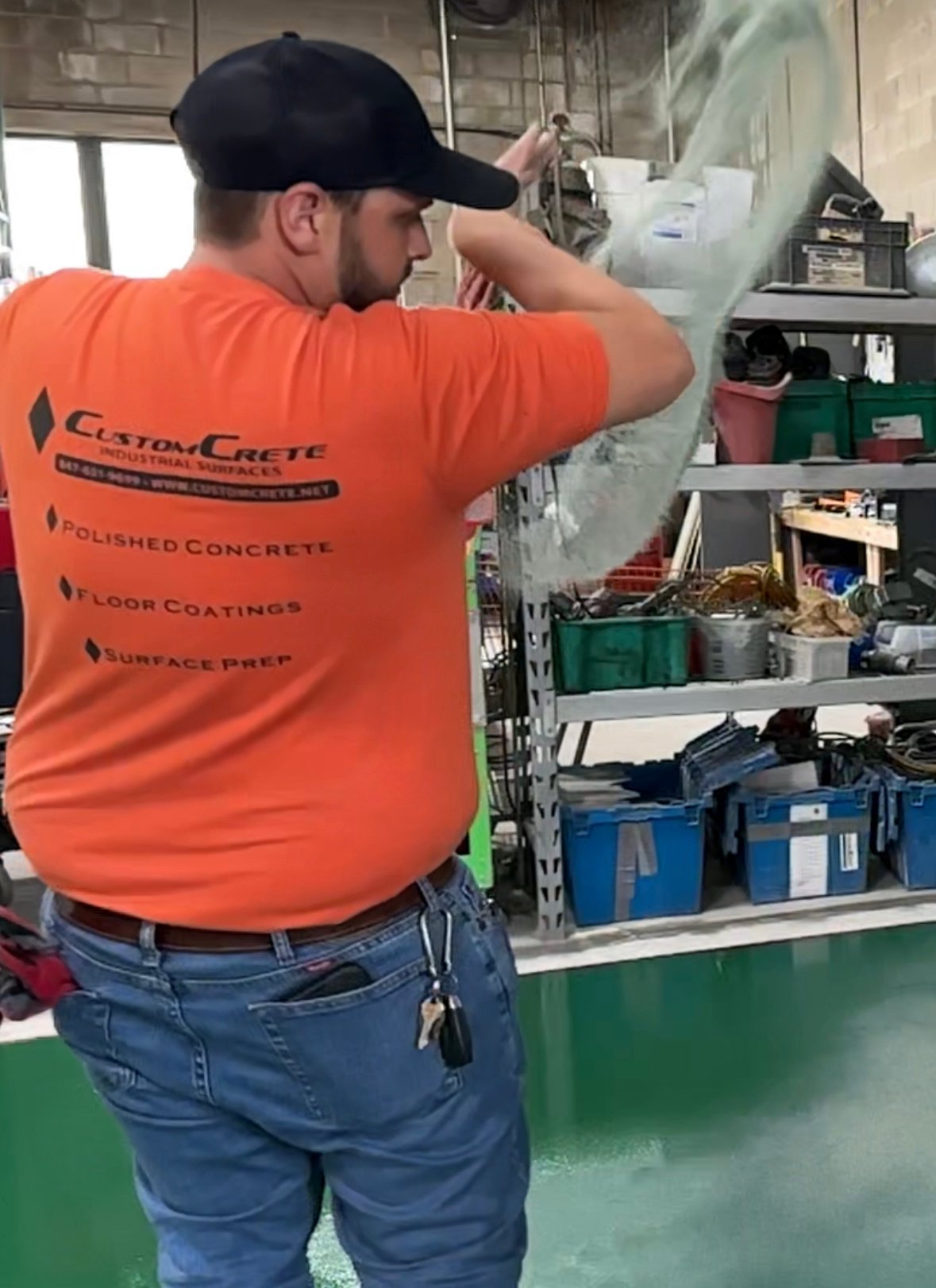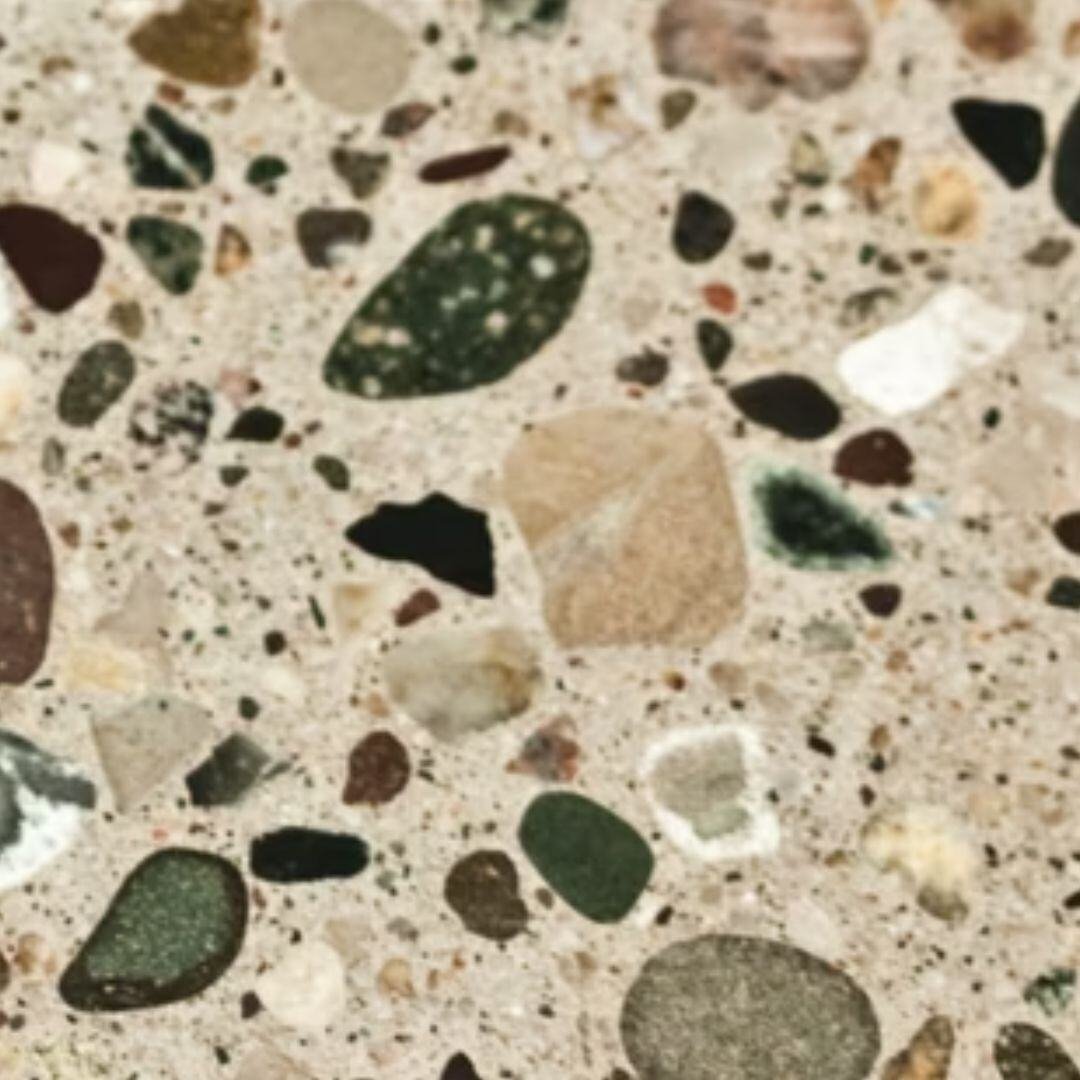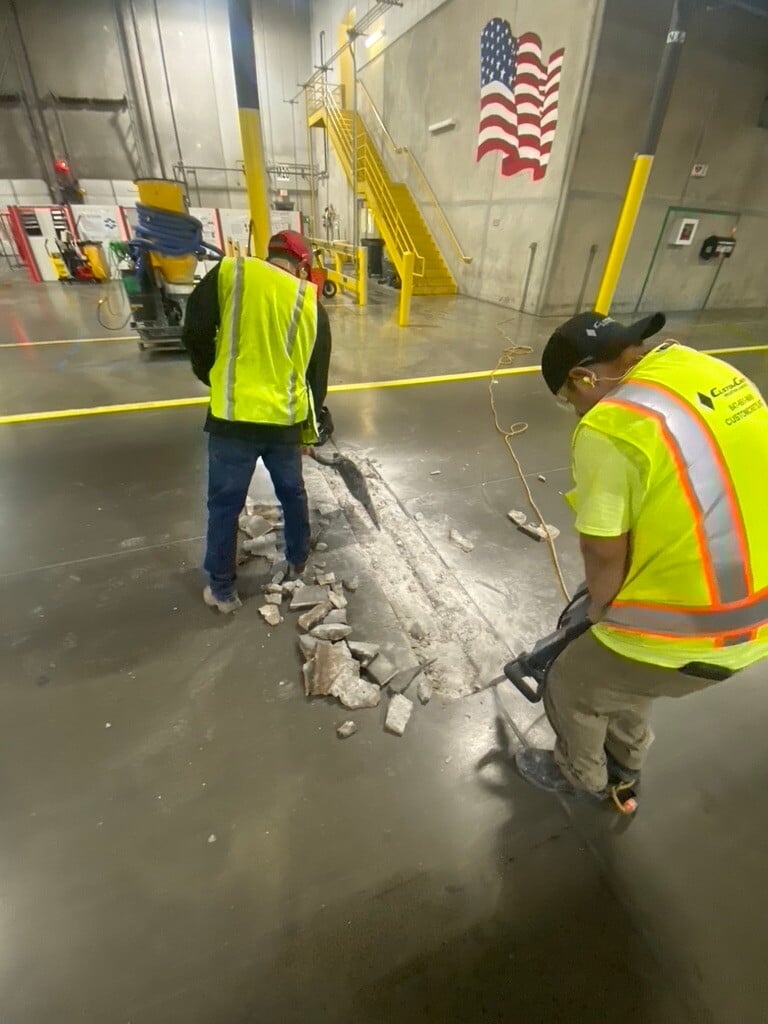What Makes a Floor USDA-Compliant? A Guide for Food and Beverage Facilities
July 21st, 2025
3 min read
By Tom Dassie
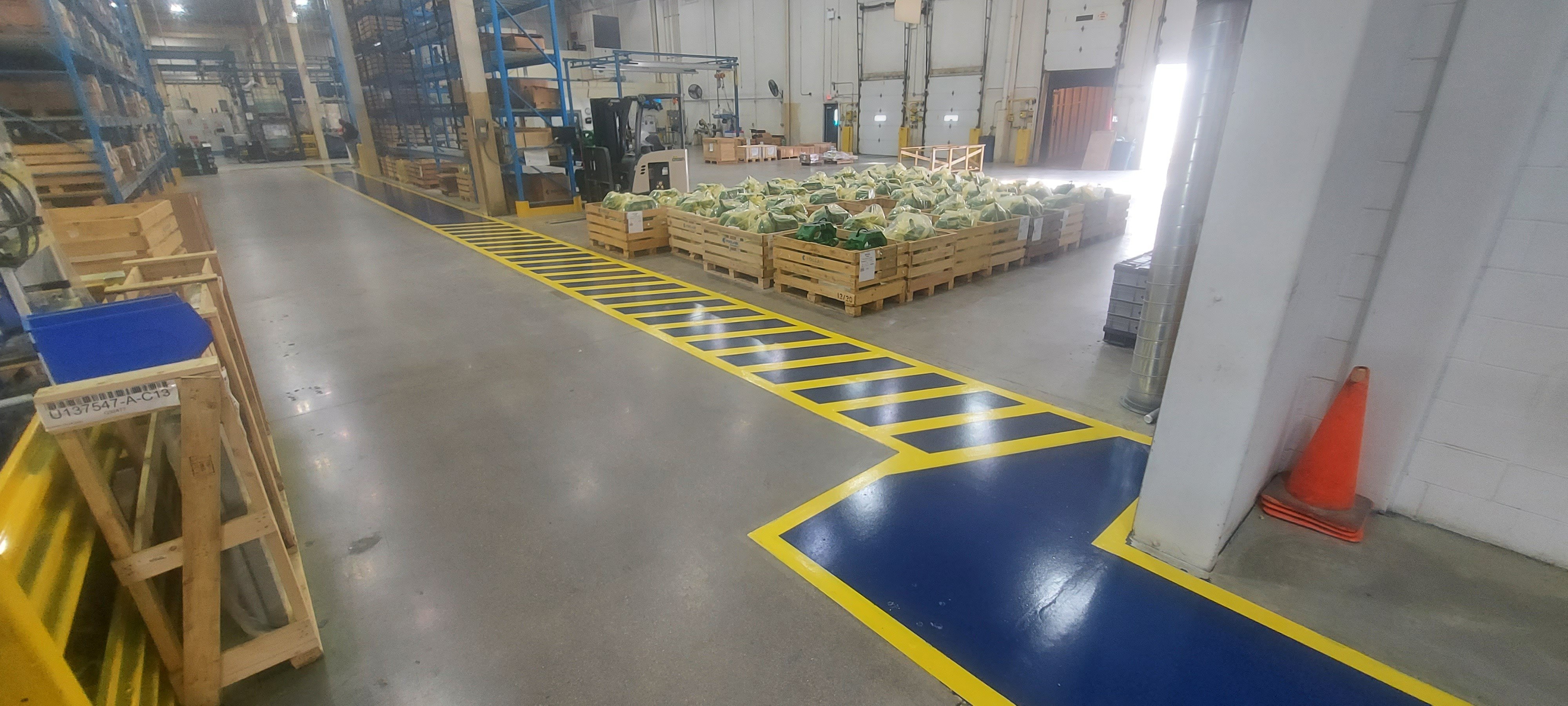
In the food and beverage industry, every surface matters—but none more so than the one under your feet. The wrong flooring can be a major risk to food safety, employee safety, and facility compliance. That’s why the USDA sets clear standards for what qualifies as sanitary, safe, and compliant flooring in food processing and handling areas.
Whether you’re building a new facility, renovating an aging production floor, or preparing for your next USDA audit, understanding what makes a floor USDA-compliant is essential.
In this guide, we’ll break down the core requirements for USDA-approved flooring and explain which materials best meet those standards—so you can make informed, confident decisions for your space.
Why Flooring Matters in Food and Beverage Facilities
In food production environments, the floor is often exposed to:
- Constant moisture and washdowns
- Chemical and acidic cleaners
- Grease, oils, and food waste
- Foot traffic, carts, forklifts, and equipment
- Thermal cycling from hot water, ovens, and refrigeration
Without proper design, flooring can crack, absorb moisture, harbor bacteria, and even become a physical hazard. A USDA-compliant floor isn’t just about looking clean—it must actively support food safety, cleanliness, and durability.
What the USDA Looks for in Compliant Floors
The USDA doesn’t provide an exact list of approved flooring products, but it does outline performance-based requirements. To be considered compliant, floors in food and beverage facilities must meet the following criteria:
1. Seamless and Nonporous
Floors must not allow liquids or bacteria to penetrate the surface. That means:
- No grout lines, seams, or cracks
- No porous materials like bare concrete or untreated tile
- Easy-to-clean, monolithic surfaces
2. Durable and Impact-Resistant
Floors must stand up to long-term use without breaking down. This includes:
- Resistance to abrasion and wear
- Ability to withstand heavy traffic and dropped tools
- No peeling, flaking, or surface erosion over time
3. Chemical and Moisture Resistance
Frequent cleaning with harsh chemicals and constant exposure to moisture means:
- Flooring must resist acids, alkalis, and solvents
- It should not break down or bubble when wet
- Must maintain its integrity through daily washdowns
4. Slip Resistance
The USDA requires safe working conditions, so floors must offer traction even when wet. Anti-slip textures or additives are often necessary, especially in:
- Wet processing zones
- Dishwashing areas
- Entry and exit zones with water carryover
5. Coved Base and Drain Integration
To ensure complete cleanliness, floors must transition seamlessly up walls and around drains:
- Coved bases help prevent debris and bacteria buildup in corners
- Proper slope toward floor drains ensures quick and hygienic runoff
These features help eliminate the harborage of pathogens and make cleaning more effective.
Flooring Materials Commonly Used in USDA-Compliant Facilities
Several types of flooring can meet USDA standards—but not all are created equal. Here are the most trusted solutions in the food and beverage industry:
Urethane Cement
Often considered the gold standard for USDA-compliant floors, urethane cement offers:
- Extreme durability under harsh traffic and cleaning
- High thermal shock resistance (ideal for hot washdowns)
- Moisture tolerance, even when installed over damp slabs
- Seamless, nonporous finish with integrated coving
Best for: Processing areas, kitchens, bottling plants, cold storage, meat and dairy facilities
Epoxy Coatings
Epoxy systems provide a smooth, cleanable surface and chemical resistance. However, they are less tolerant to thermal shock and can delaminate if moisture vapor is present beneath the slab.
Best for: Dry processing zones, packaging rooms, walkways, warehouses
Polished Concrete (with Caution)
Standard polished concrete does not meet USDA requirements unless sealed with a compliant, nonporous coating. It lacks the chemical and moisture resistance needed in wet areas.
Best for: Office areas or non-production zones (when enhanced with sealers). As well as packaged goods warehouses, docks, and coolers.
What to Avoid in USDA-Regulated Environments
Some flooring types may seem practical at first—but they fall short when put to the test:
- Bare concrete: Porous, hard to clean, and prone to cracking
- Tile and grout: Difficult to sanitize and prone to water intrusion
- Vinyl or laminate: Can peel, curl, or wear quickly under demanding conditions
If your facility is due for inspection or if food safety is a top priority, avoid temporary or decorative finishes that aren’t engineered for performance and compliance.
Common Questions About USDA-Compliant Floors
Q: Do USDA-compliant floors need to be inspected?
A: Yes. During inspections, USDA or FDA agents may assess floors for cracks, pooling water, improper drainage, or signs of wear that could contribute to unsanitary conditions.
Q: Can I install compliant flooring over an old surface?
A: Often yes—but the existing substrate must be properly prepared. Moisture testing, surface grinding, and patching may be required to ensure a strong bond and long-term performance.
Q: How long does USDA-compliant flooring last?
A: With proper installation and maintenance, urethane cement systems can last 10–20 years in active production areas. Epoxy coatings typically last 5–10 years, depending on use.
Final Thoughts
In the food and beverage industry, flooring isn’t just a background feature—it’s part of your facility’s sanitation and safety system. Choosing the right USDA-compliant flooring ensures that your space is clean, compliant, and built for long-term success.
While urethane cement and epoxy both offer reliable solutions, your choice depends on the demands of your space. By understanding USDA flooring standards and working with knowledgeable installers, you can build a foundation that supports productivity, compliance, and peace of mind.
If you’re planning a new build or upgrading an existing space, CustomCrete can help you choose and install the right USDA-compliant flooring system for your needs. Request a quote today!

Topics:


